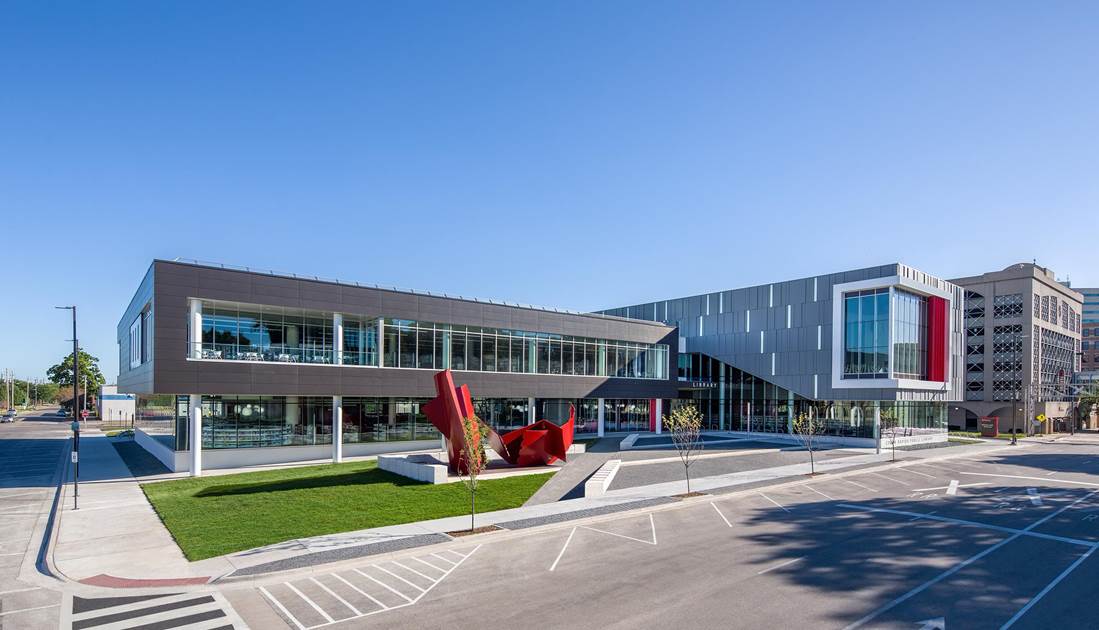 |
| It's nicer now: Grant Wood Trail crossing at Lindale Drive, 2012 |
As I walk and ride on our city's streets, I seem to be encountering more aggression this summer than usual. In these fraught times, there is ample fodder for speculation on whether and why. However, I am not here to talk about that, because my market research team informs me that overly aggressive people do not read this blog.
So, instead, I'm going to complain about... courtesy? With all the hate I'm getting, I'm complaining about... love? You would think we need all the time, love and tenderness we can get, and I guess that's valid, but I keep feeling someone's misplaced courtesy is going to get me killed.
Sunday afternoon I was riding on the Grant Wood Trail when I came to the intersection with Lindale Drive. There is a push button for crossing, but there were only two cars on Lindale, so I figured I would hang back and let them pass. Alas, driver #1 spotted me and stopped to wave me across. How courteous! How neighborly! How... dangerous! Driver #2, no doubt unaware of this selfless act, swerved and accelerated right across the path where driver #1 had encouraging me to cross. What degree of brokenness would my body now be in had I accepted the original offer?
Unaffected by this drama, driver #1 continued to sweetly but obliviously wave me across, as more vehicles arrived from both directions. But I have seen this maneuver any number of times and I will not cross in those situations. Honest to Pete, fella, did you not see what your courtesy almost led me into?
 |
| 3rd Avenue SE: Do stop here |
If you as a driver encounter a stop sign or a red stop light, you should stop at it. That's the law. If you come to a crosswalk with flashing lights, you should also stop at it. That's also the law, I think. If there's someone in the process of crossing the street, you should stop. It's against the law to hit them, although I found it's not against the law to almost hit them.
My concern here is not with any of those situations. I'm talking about when you as a driver are not obligated to stop, but choose to do so out of an excess of courtesy. Your kindness is well-intentioned but misplaced.
The world we live in is full of anger, and between talk radio and car commercials, anyone is a target. In June 2022, in downtown Cedar Rapids, an enraged pickup driver at a green light pulled around two (properly) stopped cars and into a group of people crossing the street (Lenz 2022). Two women were seriously injured. The driver was arrested but acquitted at trial. The circumstances were unusually political, but the anger and aggression are not. Not everyone is as nice as you, Mr. or Ms. Courteous Driver. I am over here, 30 feet from the street, trying to avoid it all. Please leave me alone!
 |
| 20th Avenue SW: Soon people will be crossing this street to get to the Westside Library. Keep driving. |
New question: What if there's no one else around, no impatient driver #2 to zoom around you and potentially injure someone, just you in your SUV and someone on foot or bicycle waiting to cross the street? Here there's no danger of serious injury, so a lot of what we've said above doesn't apply. However, I would still keep going, if I were you. If I'm the pedestrian, I'm waiting for you to drive by so it's free for me to cross, a process that takes at most five seconds. However, if you slow to a stop, and motion me across, and I perceive all that, we've taken multiple times that amunt of time. By the time I start to cross, I would have been across, if only you'd kept going. It's not dangerous, just inefficient. Your kindness, while still admirable, is producing frustration.
In fraught times, we need to be patient and forbearing with each other, and in densely-populated cities we need to give everyone some space. Sometimes a little generosity can go a long way. But if not thought through, trying to do someone a favor can end in disaster. In those situations, it's better for everyone if you'd just please maintain course and speed, and we'll all get where we're going in one piece!






































